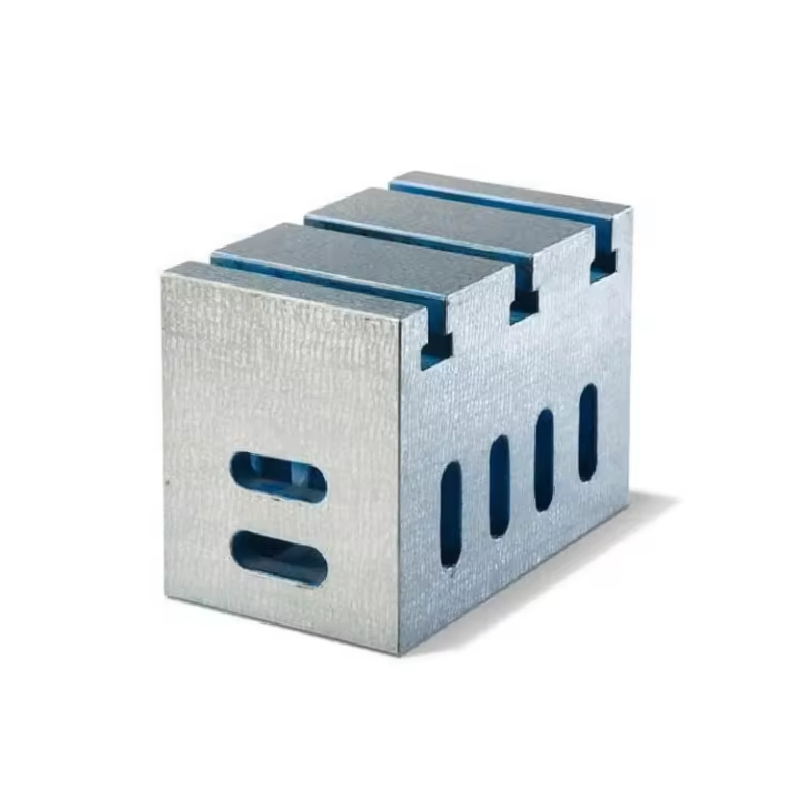Jul . 31, 2024 09:24 Back to list
Understanding Different Types of Valves and Their Applications in Industrial Systems
Understanding Valve Types Essential Components in Fluid Control
Valves are essential components in various engineering and industrial applications, playing a critical role in controlling the flow of fluids, gases, and slurries. With an extensive range of valve types available, each designed for specific applications, understanding these differences can help engineers and operators make informed decisions about which valve to use for a given situation. In this article, we will explore the primary types of valves, their functions, and where they are typically used.
1. Gate Valves
Gate valves are primarily used for on/off control of flow. They consist of a gate that can move up and down to either obstruct or allow flow. This type of valve is particularly desirable in applications where a straight-line flow of fluid and minimal pressure drop are required. Commonly found in water supply systems and industrial processes, gate valves are not suitable for throttling applications, as partially opened gates can cause erosion and damage.
2. Globe Valves
Globe valves are designed for regulating flow. They feature a spherical body with an internal baffle that directs the fluid flow. This design allows for good throttling capabilities, making them suitable for applications where flow needs to be adjusted frequently. While they have a higher pressure drop compared to gate valves, their ability to control flow accurately makes them widely used in steam and cooling systems.
3. Ball Valves
With their quick operation and reliable sealing, ball valves are popular in various industries. A ball with a hole through the center rotates 90 degrees to allow or block the flow. This design offers low resistance to flow, making ball valves ideal for applications requiring fast shut-off. They are commonly used in residential plumbing, oil and gas, and chemical processing.
valve types

Butterfly valves are lightweight and compact, making them a preferred choice in large-scale applications. They utilize a rotating disc to regulate flow, which can be positioned anywhere between fully open and fully closed. These valves are often found in water treatment facilities and HVAC systems, where seismic forces or space limitations may limit the use of bulkier valve types.
5. Check Valves
Check valves are critical for preventing backflow in piping systems. They operate automatically, allowing fluid to flow in one direction while closing when the flow reverses. There are several types of check valves, including swing check and lift check, each suited for different applications. They are commonly used in pump discharge lines and in systems where backflow needs to be mitigated to protect equipment.
6. Pressure Relief Valves
Pressure relief valves are safety devices designed to automatically release pressure to prevent system overloads. They are crucial in steam boilers and pressure vessels, where exceeding the safe operating limits can lead to catastrophic failures. These valves ensure that pressure remains within acceptable levels by venting excess fluid or gas.
7. Solenoid Valves
Solenoid valves are electromechanical devices used for automated control of fluid flow. They consist of a coil that, when energized, moves a plunger to open or close the valve. Commonly used in irrigation systems, automotive applications, and home appliances, solenoid valves offer rapid response times and precise control over fluid dynamics.
Conclusion
In summary, there are numerous valve types designed to meet specific fluid control needs across various industries. From gate and globe valves for flow regulation to ball and butterfly valves for quick shut-off, understanding their unique characteristics and applications is vital. As technology advances, the development of new materials and designs will continue to enhance the efficiency, reliability, and safety of valve systems. Engineers and operators must stay informed about these options to ensure optimal performance in their processes.
-
Right Angle Ruler Innovations in Measuring ToolsNewsJul.18,2025
-
Parallel Ruler Maintenance for Long-Term AccuracyNewsJul.18,2025
-
Magnetic V Block 4 Inch Cost Effectiveness AnalysisNewsJul.18,2025
-
Internal Thread Gauge Innovations for Faster InspectionNewsJul.18,2025
-
Ground Anchor Applications in Construction and LandscapingNewsJul.18,2025
-
Butterfly Valve Types StandardsNewsJul.18,2025
Related PRODUCTS









